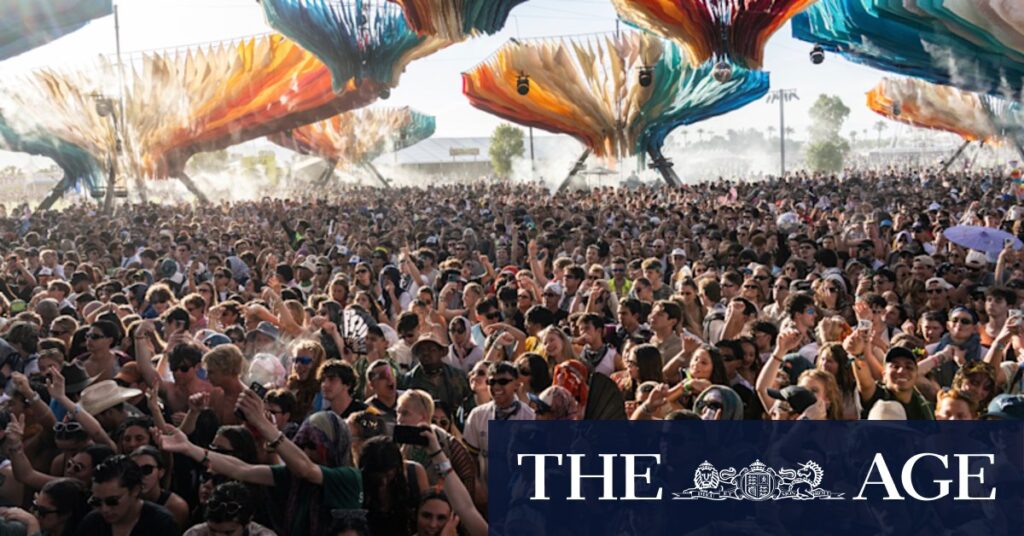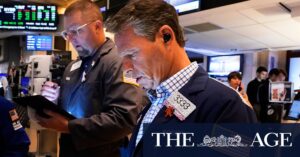
When Bianca Wilmott decided to surprise her boyfriend with tickets to Lady Gaga’s upcoming Australian tour, she turned to a financial solution that has become increasingly popular among concertgoers. The 32-year-old social media manager from Sydney’s inner west opted to use the buy now, pay later (BNPL) service Afterpay to manage the cost of her two $600 tickets.
“It’s part of my budgeting, to be able to split the payment up … I wouldn’t have [purchased tickets without Afterpay] because I wouldn’t have wanted to make that big payment in one go,” Wilmott explained. She is not alone; she was one of 11,500 people who purchased Lady Gaga tickets through the BNPL platform.
BNPL and the Concert Industry
The use of BNPL services for concert tickets is not an isolated trend. In fact, buy now, pay later transactions accounted for 60 percent of Coachella ticket sales this year, highlighting a significant shift in how consumers are managing the rising costs of live entertainment.
Data from Afterpay reveals that over the 12 months leading up to April 2025, there were 1.5 million transactions in live entertainment in Australia. This surge coincides with a wave of major international acts touring the country, including Katy Perry, Billie Eilish, Dua Lipa, and Olivia Rodrigo, alongside local favorites like Kylie Minogue.
Rising Ticket Prices
The increasing reliance on BNPL services is closely linked to the rising cost of concert tickets. A report from Live Performance Australia indicated that the average concert ticket price jumped to $128.21 in 2023, up from $87.01 in 2022. This sharp increase is attributed to a combination of factors, including inflation, increased production costs, and heightened demand for live experiences post-pandemic.
“In 2023, the average concert ticket price jumped to $128.21, from $87.01 in 2022.”
Consumer Behavior and Financial Management
The growing popularity of BNPL services reflects broader changes in consumer behavior. According to financial analyst Sarah Thompson, “Consumers are increasingly seeking flexible payment options to manage their expenses, especially for high-value purchases like concert tickets.”
Thompson notes that the appeal of BNPL lies in its ability to allow consumers to enjoy experiences immediately while spreading the cost over time. However, she cautions that while BNPL can be a useful tool for budgeting, it also requires careful management to avoid accumulating debt.
Implications for the Future
The trend towards using BNPL for concert tickets raises questions about the future of live entertainment pricing and consumer finance. As ticket prices continue to rise, it is likely that more consumers will turn to alternative payment methods to afford the experiences they desire.
Meanwhile, the concert industry may need to consider how to balance profitability with accessibility to maintain audience engagement. As the landscape evolves, both consumers and industry players will need to adapt to new financial realities.
Looking ahead, the integration of BNPL services into the live entertainment sector is expected to grow, potentially reshaping how people plan and pay for their cultural experiences. For now, it seems that the convenience and flexibility offered by BNPL are here to stay, offering a lifeline to music fans eager to see their favorite artists perform live.






